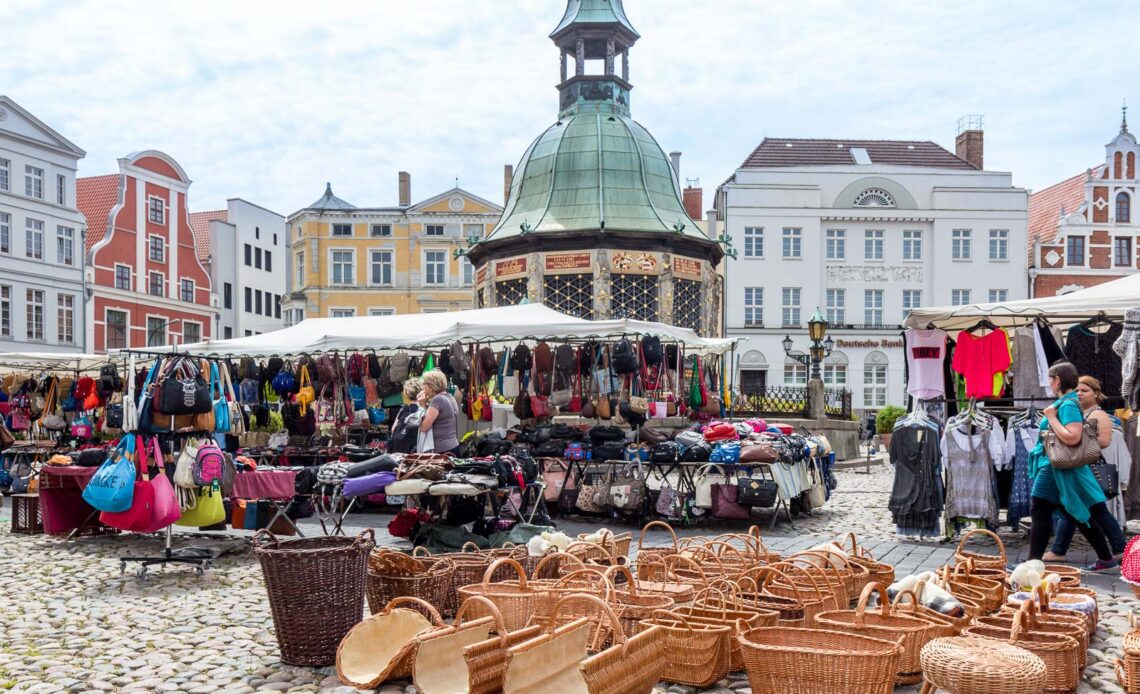When it comes to maritime Europe, it seems the Mediterranean Sea gets most of the attention – its warm water and golden beaches attracting tourists, while its geography has made it an important trade route since ancient civilisations emerged on its shores.
In comparison, the Baltic Sea in the north of Europe can often be a bit overlooked.
Too cold for swimming much of the year (except for people braver than me) and without the beautiful sun-soaked islands, the Baltic Sea doesn’t have nearly the number of holidays resorts as the Med.
And, without a thoroughfare like the Suez Canal, and bordering just a handful of countries, it can’t really compete economically with the heavy traffic that moves through Europe’s southern sea.
But, this wasn’t always the case. The Baltic Sea was once one of the most commercially significant waterways in Europe. And, as I’ve travelled more around its coast, I’ve come to appreciate the treasures that have remained from that time.
Sure, there may not be many beaches, islands, or sun-filled resorts – but the Baltic Coast has some of the most beautiful historic cities in Europe.
One of these cities is Wismar, on the northern coast of Germany. Like the nearby city of Lübeck, and its eastern neighbour of Stralsund, it was one of the most important hubs of the Hanseatic League.
Founded in the 13th century, the medieval city of Wismar was built around a harbour basin that made it a convenient place for ships to stop along the trading routes of northern Europe.
But even more than that, Wismar had what was considered to be the best harbour on the southern shore of the Baltic Sea, making it particularly popular for traders. And that meant that lots of people wanted to live here to make the most of all the business.
Within a century of being founded, Wismar was an important intermediary in products like wool, wax, fur, and salt. In particular it played a big role in the herring industry (perhaps no surprise when you see the cuisine of the region). And it was also a big exporter of its own product – beer.
Many of the things to do in Wismar still relate to this time, when it was at the apex of its power and wealth.
The people of the city had a huge amount of independence – from any external ruler, but also in terms of individual civil liberties. And the pride they felt from this is reflected in grand buildings like the town hall, city gates, and fortifications.
Money was also spent on a series of lavish churches…
Click Here to Read the Full Original Article at Time Travel Turtle…
